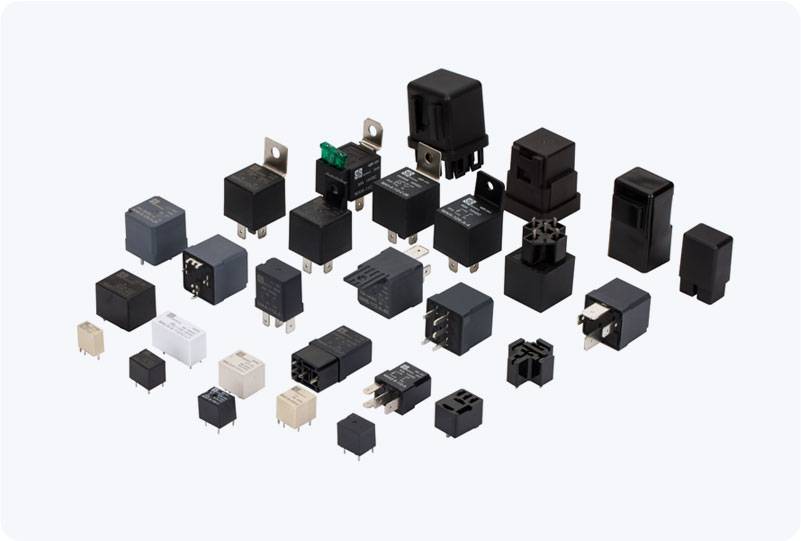In the intricate landscape of industrial valving, the Electric Flat Gate Valve stands out as a crucial component in various piping systems. Its design, functionality, and adaptability have made it a staple in industries ranging from oil and gas to chemicals and environmental protection. This article aims to explore the vital role and distinguishing features of the Electric Flat Gate Valve.

The Electric Flat Gate Valve, as its name suggests, is a gate valve that incorporates electric actuation for remote or automated operation. This integration offers a seamless and efficient way to control the flow of fluids in pipelines, making it a preferred choice in modern industrial settings.

One of the most noteworthy features of the Electric Flat Gate Valve is its versatility. It can be configured with or without a diversion hole, catering to the specific needs of the pipeline. Valves with diversion holes are ideal for pipelines that require pigging or ball cleaning, while those without are suitable for lines that do not require such maintenance. The design of the Electric Flat Gate Valve also sets it apart. Its unique structure ensures smooth and efficient operation, even under high-pressure conditions. The triple adjustable packing structure ensures a tight seal between the valve cover and stem, minimizing the risk of leakage. Additionally, the pressure relief device incorporated into the design prevents excessive pressure buildup, safeguarding the integrity of the valve and the pipeline.























